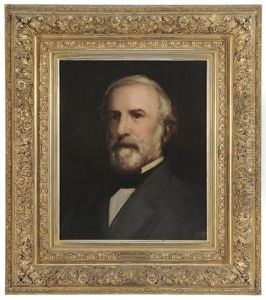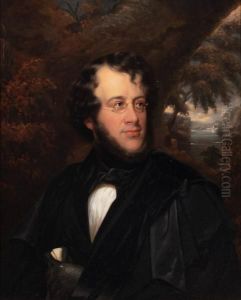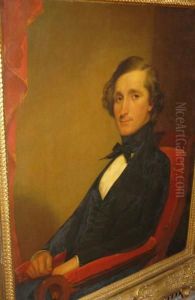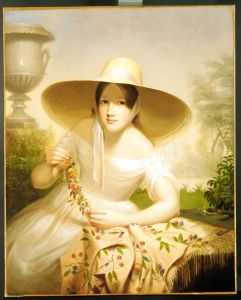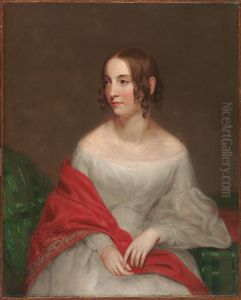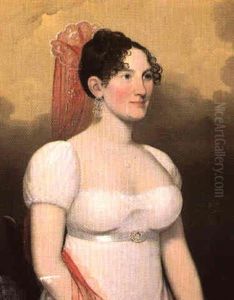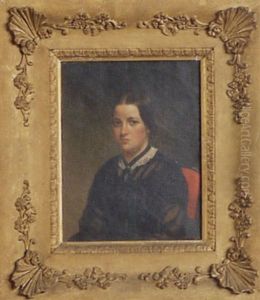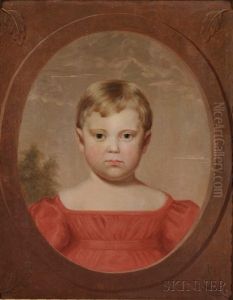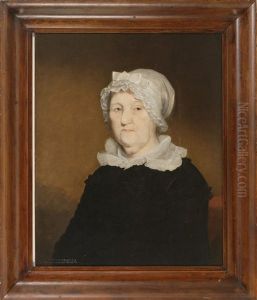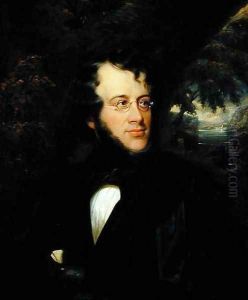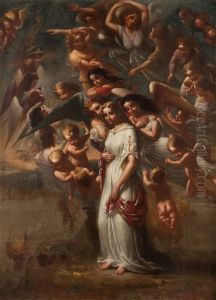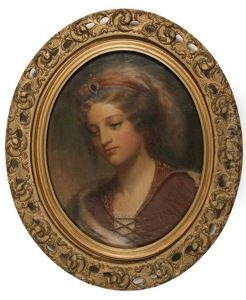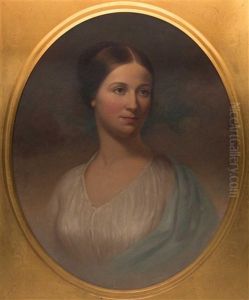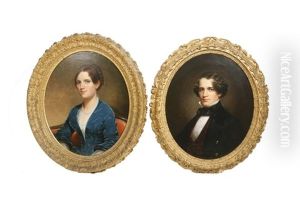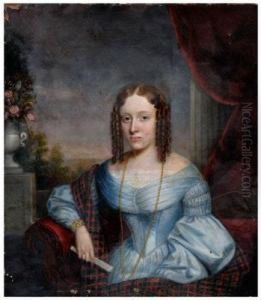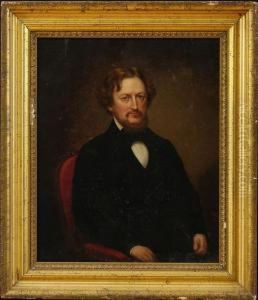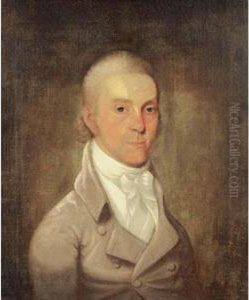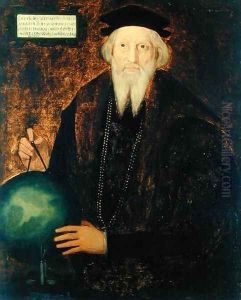Cephas Giovanni Thompson Paintings
Cephas Giovanni Thompson was an American portrait painter born on September 6, 1809, in Middleboro, Massachusetts. He was a member of a family of artists, which included his father Cephas Thompson, who was also a notable portraitist of his time. Cephas Giovanni was initially trained by his father, which was a common practice for artists during the early 19th century. The name 'Giovanni' was added later in his life, possibly to add an Italianate flavor to his persona, which was fashionable among artists and intellectuals of the period.
Thompson's career as a portraitist was quite successful, and he gained a reputation for his ability to capture the likeness and character of his sitters. During the 1830s, he traveled and worked in New York, where he painted portraits of many prominent figures of the day. His style was typical of the American portraiture of the time, characterized by a focus on realism and detail, influenced by the work of Gilbert Stuart and Thomas Sully, among others.
In the mid-19th century, Thompson spent a significant amount of time in Europe, particularly in Italy, which was then a center for artistic study and pilgrimage for many American artists. His European sojourn allowed him to study the works of the Old Masters, which further refined his painting technique and understanding of composition and color. Upon his return to the United States, Thompson continued to paint and also engaged in teaching, thus contributing to the education of the next generation of American artists.
Thompson's work was widely appreciated during his lifetime, and he exhibited at various institutions, including the National Academy of Design. Despite his success, he is not as well-remembered today as some of his contemporaries, and his works are mostly found in private collections or regional museums, rather than in the larger, more prominent national galleries.
Cephas Giovanni Thompson passed away on November 6, 1888, leaving behind a legacy of work that offers insights into the style and aesthetics of American portraiture during the 19th century. His contribution to American art, while perhaps not as celebrated as that of some of his peers, remains a part of the rich tapestry of the country's artistic heritage.
